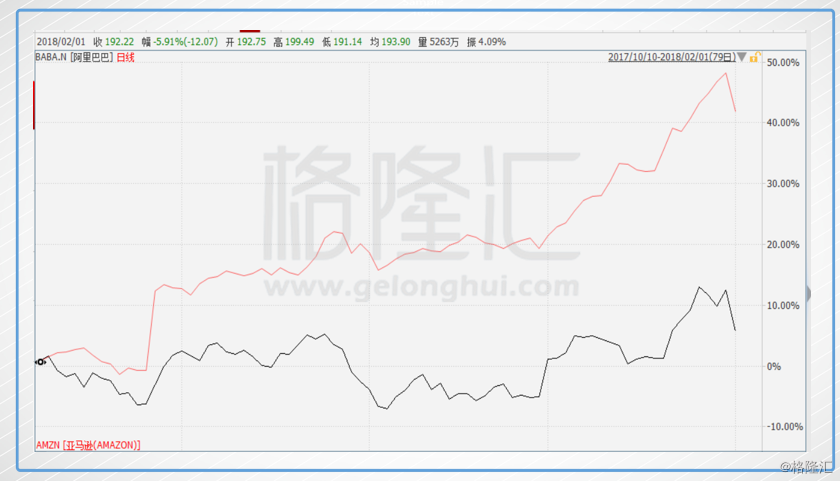Understanding Recourse vs Nonrecourse Loan: Key Differences and Implications for Borrowers
#### Recourse vs Nonrecourse LoanWhen it comes to borrowing money, understanding the terms of your loan is crucial. One of the most significant distinctions……
#### Recourse vs Nonrecourse Loan
When it comes to borrowing money, understanding the terms of your loan is crucial. One of the most significant distinctions in the lending landscape is between a recourse loan and a nonrecourse loan. These terms define the borrower's liability in the event of default, and they can have substantial implications for personal finance and investment strategies.
#### What is a Recourse Loan?
A recourse loan is a type of loan where the lender has the right to pursue the borrower's other assets if the borrower defaults on the loan. This means that if the collateral backing the loan does not cover the outstanding debt, the lender can go after the borrower's personal assets, such as savings accounts, investments, or even future earnings. Recourse loans are common in personal loans and some types of mortgages, especially when the borrower has a lower credit score or is perceived as a higher risk.
The primary advantage of a recourse loan is that it often comes with lower interest rates compared to nonrecourse loans. Lenders are more willing to offer favorable terms because they have a greater assurance of recovering their funds in case of default. However, the downside is the increased risk for borrowers; if they find themselves unable to repay the loan, they could face significant financial repercussions beyond just losing the property tied to the loan.
#### What is a Nonrecourse Loan?
In contrast, a nonrecourse loan limits the lender's ability to collect on the debt to only the collateral specified in the loan agreement. This means that if the borrower defaults, the lender can only seize the collateral and cannot pursue the borrower's other assets. Nonrecourse loans are typically used in real estate investments, where the property itself serves as collateral.
The primary benefit of a nonrecourse loan is the added protection it offers to the borrower. In the event of a downturn in the market or a decline in property value, the borrower can walk away from the loan without risking their personal assets. This makes nonrecourse loans an attractive option for investors who want to limit their financial exposure. However, these loans often come with higher interest rates and stricter qualification criteria, reflecting the increased risk to lenders.
#### Key Differences Between Recourse and Nonrecourse Loans

Understanding the differences between recourse vs nonrecourse loan options is essential for borrowers. Here are some key points to consider:
1. **Liability**: With a recourse loan, borrowers are personally liable for the debt, while with a nonrecourse loan, their liability is limited to the collateral.
2. **Interest Rates**: Recourse loans typically have lower interest rates due to the lender's ability to pursue additional assets, whereas nonrecourse loans may carry higher rates to compensate for the increased risk.
3. **Risk**: Recourse loans pose a higher risk for borrowers, as defaulting can lead to loss of personal assets. Nonrecourse loans provide a safety net, allowing borrowers to limit their losses to the collateral.

4. **Use Cases**: Recourse loans are often used for personal loans and mortgages, while nonrecourse loans are more common in commercial real estate and investment properties.
#### Conclusion
In summary, the choice between a recourse loan and a nonrecourse loan can significantly impact a borrower's financial situation. Each option has its advantages and disadvantages, and understanding these can help borrowers make informed decisions that align with their financial goals and risk tolerance. Whether you are considering a loan for personal use or investment purposes, it is essential to weigh the implications of recourse versus nonrecourse loans carefully.